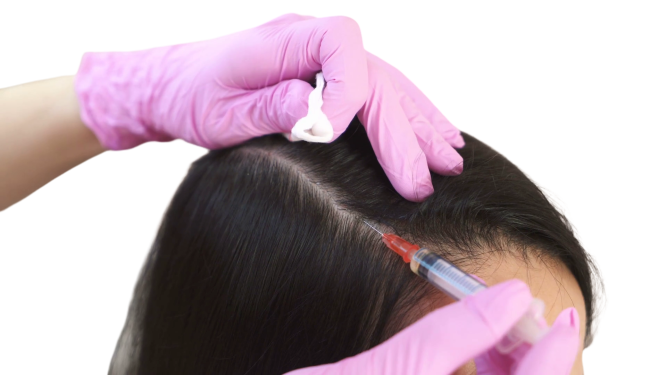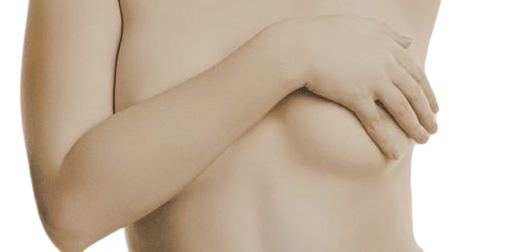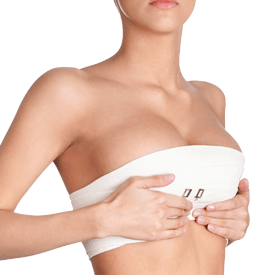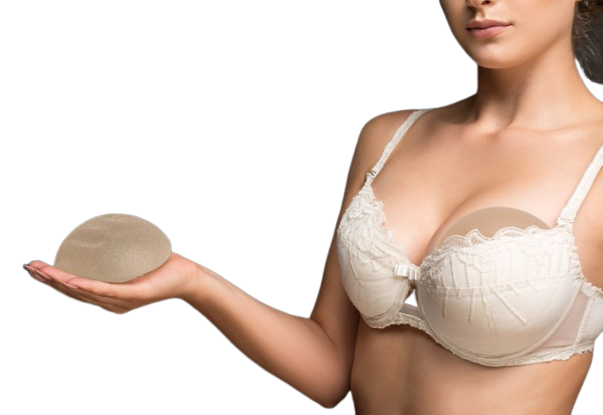Laser Therapy
Low level laser hair therapy is a clinically proven, safe, non-invasive breakthrough that is revolutionary for men and women suffering the devastating effects of hair loss. With low level laser hair therapy, you can achieve thicker, fuller, shinier, and healthier looking hair. Our lasers are “soft” or “cold” lasers approved safe for cosmetic purposes and fully comply with federal standards for laser safety set by the US Food and Drug Administration (FDA).

Laser Hair Therapy is safe, easy and painless (you quite literally won’t feel a thing), and there are no known side effects associated with low level laser light hair therapy. Developed in Europe for improving hair shaft quality and volume while prolonging the life of hair color and improving hair colors and perms, it is especially effective when combined in a multi-therapeutic hair loss control and prevention program.
Benefits of Laser Hair Rejuvenation Therapy
- Increases the blood supply to the scalp by 54% after only one treatment.
- Stimulates hair follicles.
- Stops the progression of hair loss in 85% of patients.
- Increased hair strength and elasticity.
- Fuller, shinier, softer, thicker hair.
- Promotes ticker, stronger, and healthier looking hair
Who is the Best Candidate for Laser Hair Therapy?
Anyone experiencing hair loss. Best results, however, are experienced by men and women in the earliest stages of hair loss — typically those individuals presenting with hair loss equivalent to Norwood 1-3.










